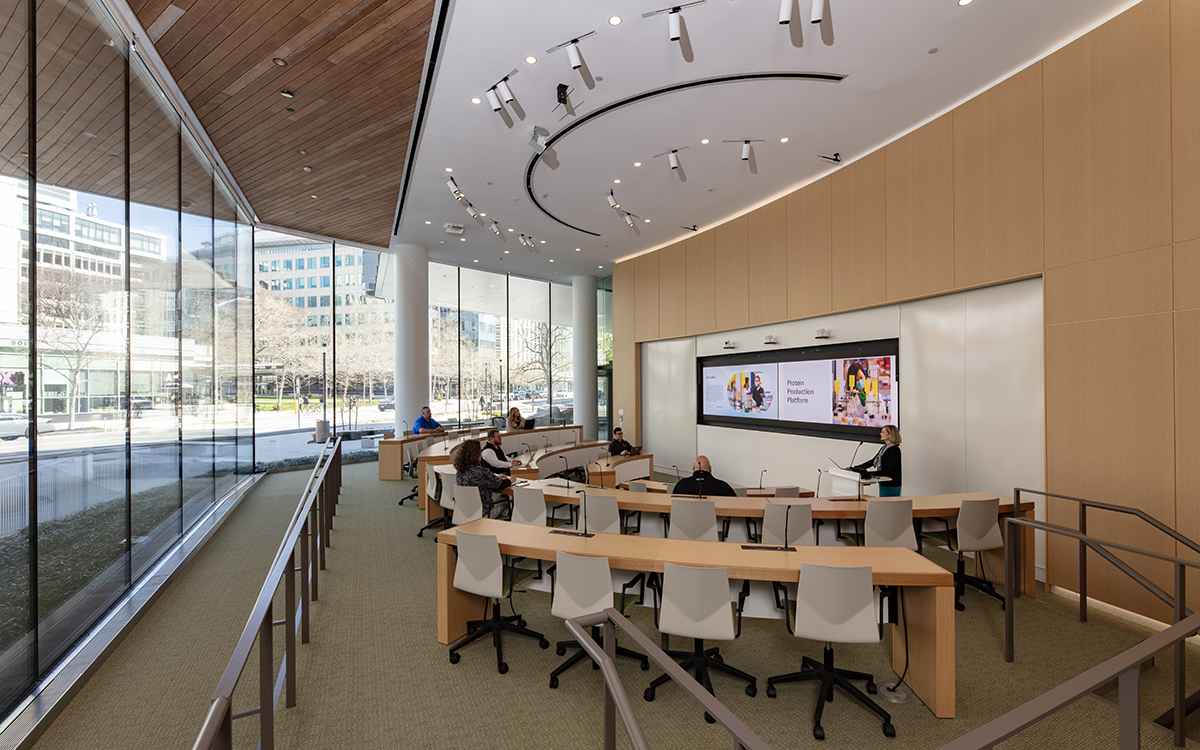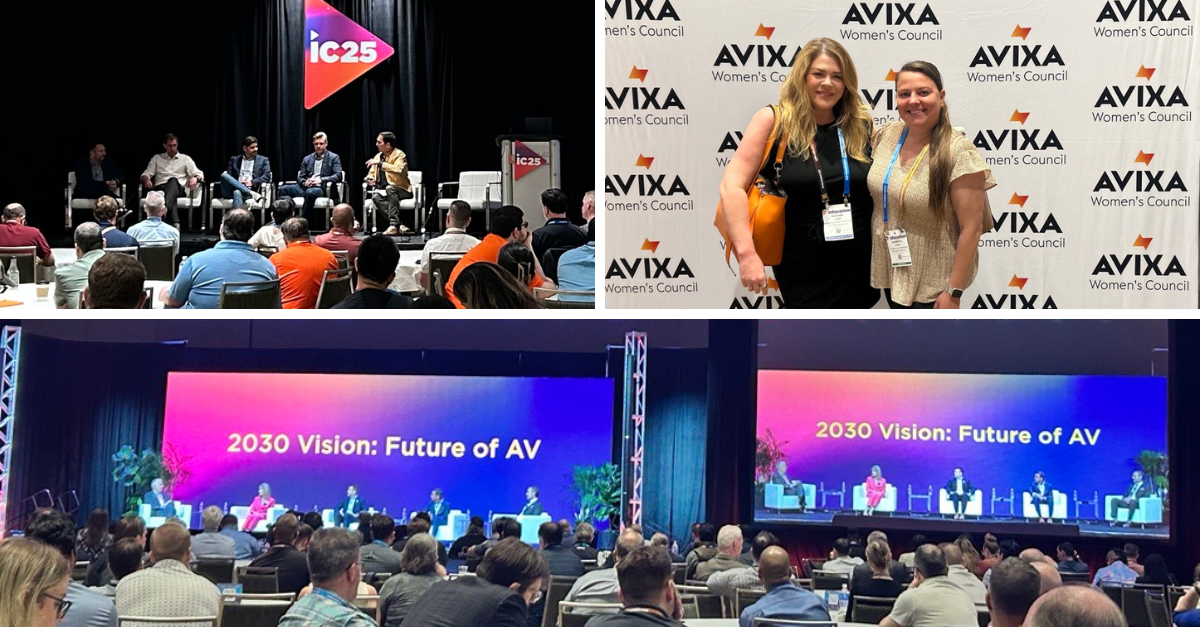The third episode of Dawn and Kate from the Hart: Why is hybrid hard?
Join us as our own Dawn Monde and Katherine Beal share their input on what makes hybrid hard from both the employee and leadership perspective.
Watch the third episode on LinkedIn here: https://www.linkedin.com/feed/update/urn:li:ugcPost:7149073668675891200/
Read the full transcript below:
Intro
Hi, I’m Dawn Monde. And I’m Kate Beal. And we’re from Red Thread. Today we’re going to talk about why is hybrid hard. We all know hybrid has been a very challenging situation, we’re going to look at that from both a leadership standpoint and also from the employee standpoint.
Dawn Monde 0:08
So I’ll start and just talk about from a leadership perspective, I think it’s important to really note that it’s not the same for everyone. It’s not the same for every organization, how organizations and their cultures and their various functions within those companies have adopted hybrid policies is all varying based upon individuals needs corporations needs. The other thing I think leaders have really struggled with is getting that level of engagement from employees and really trying to make sure that people are coming in and that they’re connecting. And it’s really a struggle to decide where you draw that line. Do you make it a mandate? Or is it a policy that’s really strongly enforced? Or is it something where you’re trying to encourage people to come in, I would love to understand what you think from an employee perspective. And I know you’ve been involved, obviously, in a lot of strategy, but just thinking of it as an employee in the organization, you know, what are your thoughts on how we’ve approached diversity and how most employees are viewing it?
Kate Beal 1:14
So from an employee perspective, I think there’s a big emphasis on work life balance, and what does that look like? For some people being home allows them to spend more time with their families, or take care of things kind of intermittently throughout their workday, and for other people, it’s, they can be an overwhelming thing, where they’re not able to draw the line between when work starts, and when it stops, and it can cause work to escalate into their home life. So that’s one piece to consider. And also everybody’s work experiences at home and in the office, are unique, as you were saying. So some people have more distractions at home and want to come to the office to escape that. And other people might be lonely at home and need to come in for time together and team building. And so people are looking for different things in the workplace, and they have different situations at home.
Dawn Monde 2:07
I think trust is sometimes hard. And I think it’s really important that in order for an organization to have a very successful hybrid and remote remote work policy, that there is a high level of trust, and part of that comes from expectations. Part of that comes from just being very engaged with each other, you know, and sometimes I think it’s hard as a leader to really measure that productivity and output, when you’re not able to see people, I think that’s an A major challenge for a lot of leaders that have gone through the pandemic and, and moved into this new hybrid mode is that you really have to be almost hyper engaged with each individual in order to really understand what they’re working on and maybe where some of their challenges are.
Kate Beal 2:47
Yeah I completely agree. And I think from an employee perspective, there, especially if you look at like a younger generation of employees who are learning, they’re missing that type of mentorship that they can get both from their co workers that they are trying to get to know through a mentorship process, and also from their managers and their leadership.
Dawn Monde 3:07
So that’s one of the things that makes hybrid hard, right, it’s the access to people when you need them, and, and really being able to help grow that next generation of resources in the organization provide kind of that common experience. And I really think to from a leadership standpoint, having spending more time having more deliberate touchpoints, whether that’s having one on ones, or that’s having, you know, an expectation around a group meeting of some sort, whether it’s a team meeting, or a larger group meeting, that that those types of interactions are encouraged to be in person, we’re never going to get away from this element of needing to bring people in remotely from time to time. But I really think that as leaders, it’s really forced us to have to be much more planful about those touch points with people.
Kate Beal 3:52
Yeah, absolutely. And I think, you know, to the point about being a little bit more in person, it’s important for from a policy perspective, and from an employee perspective, that when people do make the effort to be in the office, that they’re surrounded by their co workers, when they come in, it’s not great. If every day you came in, and there’s five people in the office, you’re gonna feel like, well, I’m making the effort. And I want to see people, because that’s why I came here, and then they’re not there for you to see. And so I think it’s really important that that sort of like an all or nothing people have to kind of come in on the day that everybody’s coming in so that you can really enjoy the energy that that brings to the office.
Dawn Monde 4:34
And talk about energy… that’s a great segue to spaces, right, because space can create such an awesome vibe around how people feel. And I know a lot of our customers have been reluctant to make changes to their spaces, not knowing what the future is going to bring in terms of how we’re going to be working. But I think as you were talking about if you come into a space that doesn’t feel good from an energy standpoint, and doesn’t help to support the way that you want to be engaging with your coworkers, whether it’s the technology tools, or just great places to be able to connect and collaborate, I think that’s become a challenge as well that the old spaces don’t feel right when people are coming back to them, because they just feel kind of vacant.
Kate Beal 5:13
Yeah, definitely. Looking at how you’re grouping people, if you have a large floorplan, and everybody’s all spread out, people are gonna feel alone, right. And then I think also, just having some of the amenities that you have at home at work is a big draw, at least for in from an employee perspective. So thinking about if there’s snacks on hand, where a place where you can go get a snack more easily, that kind of helps to, it helps with routine.
Dawn Monde 5:41
And people need to feel comfortable when they’re coming into a workplace, that they have access to those things readily, especially in a lot of cases. And certainly in our own, we’re in all unassigned space. And for people to have a level of comfort to know that when they get here, they are going to have a place where they can be productive, and they can get their work done. I think that’s a really important component as well.
Kate Beal 6:01
Absolutely. And you know, I’ve been talking a lot about people coming together. But it is important that to balance coming together, that you have a place to take those phone calls, that you have places to have that hybrid connection, that the technology works, that it’s easy, and that everything just works the way that it’s intended to.
Dawn Monde 6:22
So it’s the people the purpose, the place, all of those things coming together really create an environment that helps to make hybrid a little less hard. A great example of how space can help support that integration. In a hybrid environment between those people who are remote and people who are in person is a room like this that really helps to support and enable great lines of sight. It’s it helps to bring the remote participants in. It helps to be able to support the sharing of content to create a very easy, equitable and engaging experience for people that are here and that are remote.






